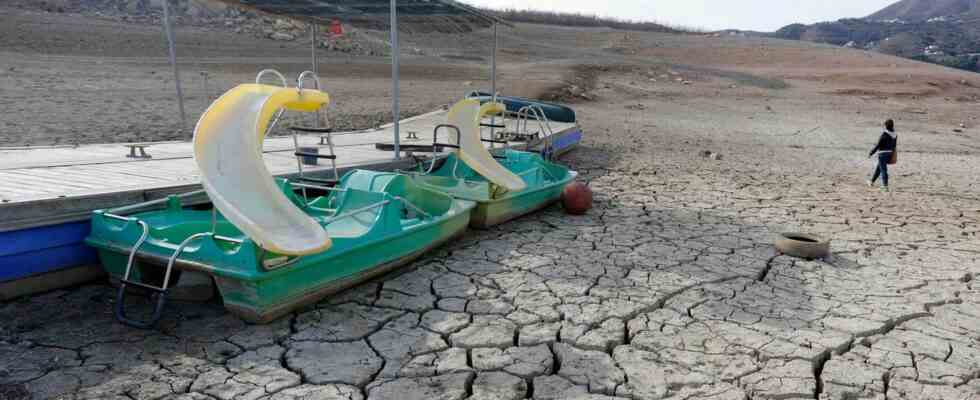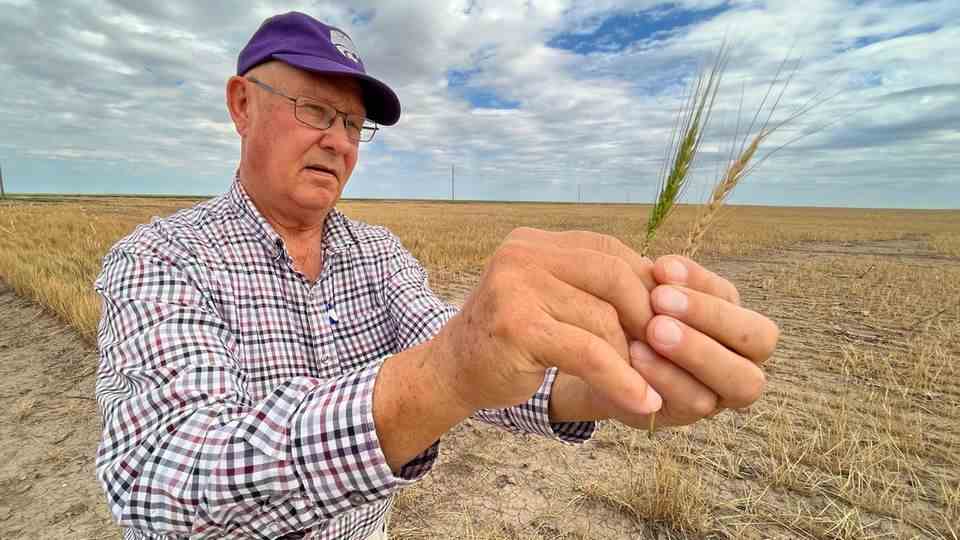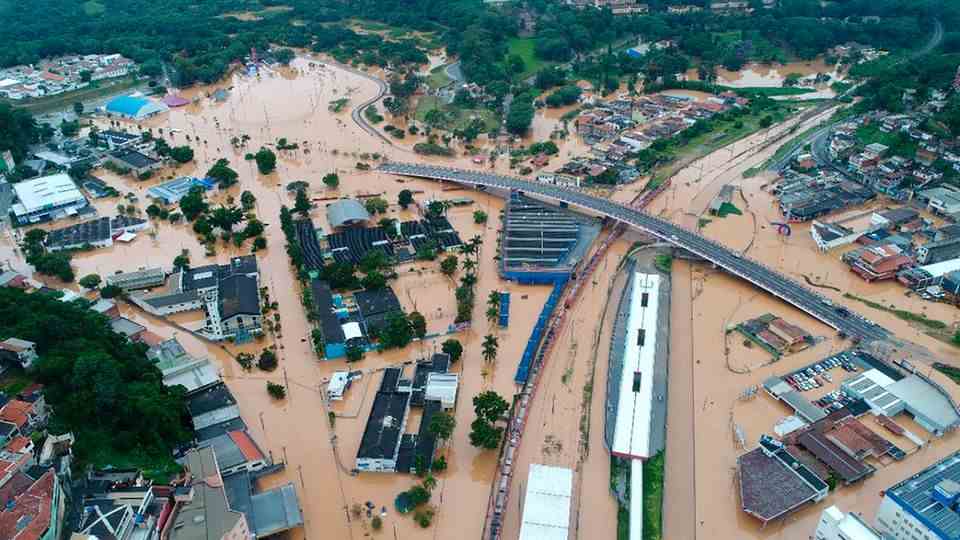dryness
Forest fires and water shortages: holiday destinations in southern Europe are facing a severe drought summer
Drought in Spain: Pedal boats are lying on dry land in the La Viñuela reservoir in Malaga, the picture dates back to February
© Europa Press/ABACA/ / Picture Alliance
For many people, southern European regions are primarily places of longing in summer. The countries themselves are acutely struggling with the drought. The consequences: extreme drought, empty reservoirs, forest fires.
In Bargemon, France, tap water can no longer be used to brush teeth. For hygiene reasons. The reason is the ongoing drought: In some cases, the tap water has to be brought in by tanker at the moment, which means that the drinking water quality is not guaranteed. The municipality in the mountainous hinterland of the Côte d’Azur also said that the water from the tap should not be drunk or used to prepare baby milk or raw food. For these purposes, residents could pick up bottled water at the mayor’s office.
In addition to the drought, people in the southern French region are currently experiencing a heat wave. The municipality of Bargemon warned of temperatures of up to 40 degrees. Due to the increased risk of forest fires, strict restrictions have been imposed on entering large natural areas.
The situation is similar in many regions of southern Europe. It’s going to be a tough summer. There is already a water shortage in Spain because the drought is causing the level of many reservoirs to drop. In Portugal there is talk of the worst drought in 20 years. Italy’s government has declared a drought emergency for five regions of the country in order to be able to support them quickly with money and aid. And in Greece, the fire brigade counted 311 forest fires within a week and warned that the risk of fire remains high.
Regional differences in water levels in Spain
In Spain, the reservoirs are still 46 percent full on average – the lowest level since records began 17 years ago, the newspaper “La Vanguardia” reported on Tuesday, citing the Ministry for Ecological Change in Madrid.
It is expected that the level will continue to decline until September. A recovery is not expected until autumn. However, there are some major regional differences. In some regions, the water levels are even above the long-term average. However, the situation is currently bad in the Guadalquivir Basin in the south and in the Guadiana Basin in the center and south-west of Spain.
Drinking water rationing would not be considered for the time being, wrote “La Vanguardia”, citing the authorities. However, the lack of water is already affecting agriculture and livestock, river shipping and tourism, reported the Spanish state television broadcaster RTVE. Some municipalities and holiday home owners would not have filled their swimming pools to voluntarily save water.
Drought: state of emergency in Italy
In Portugal, meanwhile, there is talk of the worst drought in the last 20 years. After the hottest May since 1931, more than 97 percent of the territory is currently suffering from severe drought, according to the latest data from the Portuguese Institute for the Sea and Atmosphere (IPMA). The government in Lisbon is therefore conducting campaigns to use water more efficiently.
In Italy, the drought emergency has been in effect in Lombardy, Piedmont, Emilia-Romagna, Veneto and Friuli-Venezia Giulia since Monday and until December 31st. Large lakes like Lake Garda have significantly less water than usual at this time of year. The water level in the Po River – Italy’s longest river – dropped so low that salt water seeped into the riverbed for miles at the mouth of the sea. In some places, the level is lower than it has been in 70 years.
Next fire risk in Greece
Greece, on the other hand, has not had any current problems with the water supply so far – the reservoirs are full, according to the state waterworks. Nevertheless, people fear that there will be serious forest fires again this summer after tens of thousands of hectares of forest fell victim to the flames last year.
In the past seven days alone, the Greek fire brigade counted 311 forest fires. Hundreds of firefighters and volunteers fought on three major fire fronts on Tuesday night, including on the Peloponnese peninsula and in central Greece. The risk of fire is still high due to the persistent drought, a spokesman for the fire department warned that they were on alert.



